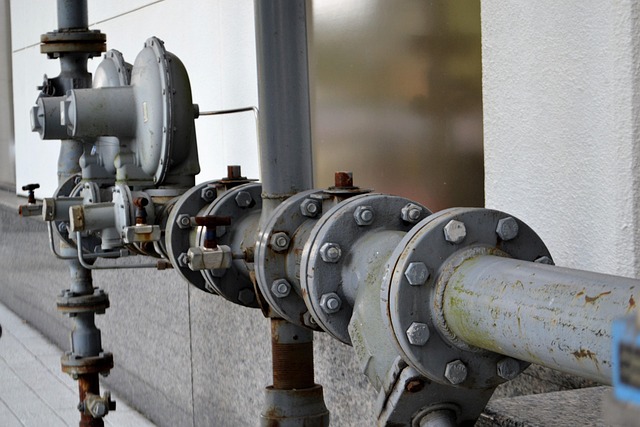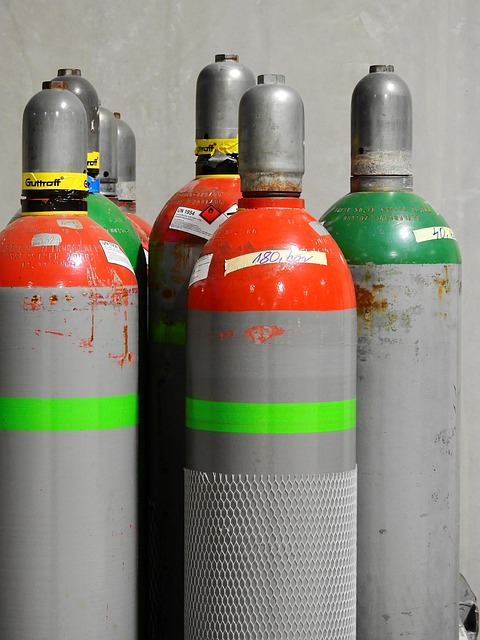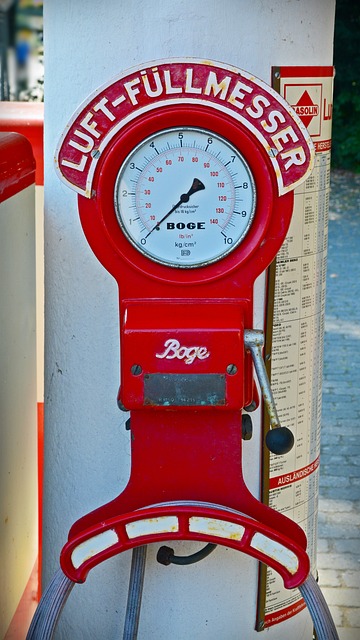Low water pressure can be caused by numerous factors, notably plumbing leaks and faulty pressure regulators. Regular maintenance is key, focusing on identifying and fixing leaks, inspecting pipes for corrosion, and ensuring the pressure regulator functions correctly. Simple solutions like installing faucet aerators can mitigate sediment buildup issues, while booster pumps address more severe cases. Proactive measures, such as regular flushing, high-quality filters, and professional inspections, prevent sediment accumulation, ensuring smooth water flow and avoiding costly repairs.
Are you tired of dealing with weak shower streams or slowly filling sinks? Low water pressure can be a significant nuisance, but understanding its causes is the first step to relief. This article guides you through various issues, from identifying plumbing leaks and the importance of a pressure regulator to simple fixes like faucet aerators and sediment buildup prevention. By the end, you’ll know when a booster pump might be the solution for consistent, powerful water flow.
- Understanding Low Water Pressure: Causes and Effects
- Plumbing Leaks: Identifying and Locating the Source
- The Role of a Pressure Regulator in Your Plumbing System
- Enhancing Flow with Faucet Aerators: A Simple Solution
- Addressing Sediment Buildup: Cleaning and Maintaining Your Pipes
- When to Use a Booster Pump: Boosting Water Pressure for Good
Understanding Low Water Pressure: Causes and Effects

Low water pressure can significantly impact your daily routines and overall comfort. Understanding its causes is essential for effective troubleshooting. Often, this issue arises due to various factors, such as plumbing leaks, which can lead to a steady decline in water supply. Over time, small, unnoticed leaks waste substantial amounts of water and reduce the overall pressure in your pipes. Another common culprit is a faulty or incorrectly adjusted pressure regulator, responsible for maintaining the desired water pressure throughout your home.
Sediment buildup in pipes is also a significant contributor to low water pressure. Minerals and other particles can accumulate over time, narrowing the pipe’s interior and restricting water flow. Installing faucet aerators can help mitigate this issue by mixing air with water, reducing strain on the plumbing system. In more severe cases, especially when the problem persists despite these measures, it might be necessary to employ a booster pump to increase pressure and restore normal water flow throughout your home.
Plumbing Leaks: Identifying and Locating the Source

Many homeowners often overlook the potential for hidden plumbing leaks, which can lead to significant water waste and even damage. One of the most common issues causing low water pressure is undiagnosed plumbing leaks. These can be insidious, as they may not always be visible or easily accessible. The first step in addressing this problem is identifying and locating the source of the leak.
Plumbing leaks can occur at various points within your plumbing system, from pipes under the sink to the water lines behind your toilet. If you suspect a leak, start by checking for any obvious signs like dripping water or wet spots near fixtures. More subtle indicators include low water pressure in faucets or showerheads, which might suggest a leak further down the line. To pinpoint the issue, consider inspecting exposed pipes for corrosion or damage and examining fixture components like faucet aerators for debris buildup, as even small blockages can restrict water flow. For more complex systems, hiring a professional to use advanced detection methods, such as pressure testing, could be necessary. Additionally, checking your pressure regulator and ensuring it’s functioning correctly is a smart step in maintaining optimal water pressure throughout your home, preventing potential leak-related issues.
The Role of a Pressure Regulator in Your Plumbing System

In any plumbing system, a pressure regulator plays a crucial role in maintaining optimal water pressure. It acts as a gatekeeper, ensuring that the water flowing through your pipes reaches your fixtures at a consistent and safe pressure level. This is particularly important when dealing with low water pressure issues, which can be caused by various factors such as sediment buildup or plumbing leaks. By regulating pressure, it prevents sudden spikes or drops, protecting both your pipes and appliances from damage.
One common solution to improve low water pressure is to install faucet aerators. These devices mix air with water flow, enhancing the overall pressure while maintaining a steady flow rate. In cases where the issue persists, a booster pump might be required. This equipment increases water pressure by boosting the force through which water is pumped from the main supply to your fixtures, effectively combating problems stemming from sediment buildup or weak pipes.
Enhancing Flow with Faucet Aerators: A Simple Solution

Low water pressure can be a common household issue, often caused by various factors such as plumbing leaks or sediment buildup in your pipes. One simple yet effective solution to consider is installing faucet aerators. These devices enhance water flow by mixing air with the water stream, effectively boosting pressure and reducing the chance of clogs.
Faucet aerators are an eco-friendly choice as they don’t require a booster pump, unlike other pressure regulator systems. By simply retrofitting your existing faucets, you can bid farewell to weak water flow and hello to a more powerful and efficient plumbing system. This simple solution not only improves the overall user experience but also helps in maintaining a well-functioning plumbing setup by reducing the risk of costly repairs due to mineral buildup or other obstructions.
Addressing Sediment Buildup: Cleaning and Maintaining Your Pipes

Low water pressure can be a symptom of various issues, including hidden plumbing leaks or an improperly functioning pressure regulator. One often overlooked cause is sediment buildup within your pipes. Over time, mineral deposits, debris, and even scale from hard water can accumulate, restricting water flow and leading to reduced pressure throughout your home. Regular cleaning and maintenance are essential to prevent this issue.
Addressing sediment buildup early on is crucial to avoid more severe problems like faucet aerators becoming clogged or a booster pump being overworked. Simple steps like regular flushing and the installation of high-quality faucet filters can help mitigate sediment collection. Additionally, periodic professional plumbing inspections can identify potential issues before they cause major disruptions, ensuring smooth water flow and preventing costly repairs related to low water pressure or plumbing leaks.
When to Use a Booster Pump: Boosting Water Pressure for Good

If your home is plagued by low water pressure, it could be due to various issues, from plumbing leaks and faulty fixtures to mineral buildup or a malfunctioning pressure regulator. In such cases, installing a booster pump can be an effective solution. A booster pump works by increasing the pressure in your plumbing system, ensuring that your faucets, showers, and appliances receive the required water flow.
This is especially useful when dealing with issues like sediment buildup, which can clog pipes and reduce water pressure. By boosting the pressure, a booster pump can help remove these obstructions and restore optimal water pressure throughout your home. Additionally, it’s beneficial for areas where faucet aerators or other pressure-reducing devices have been installed, as they may cause a decrease in water pressure.
